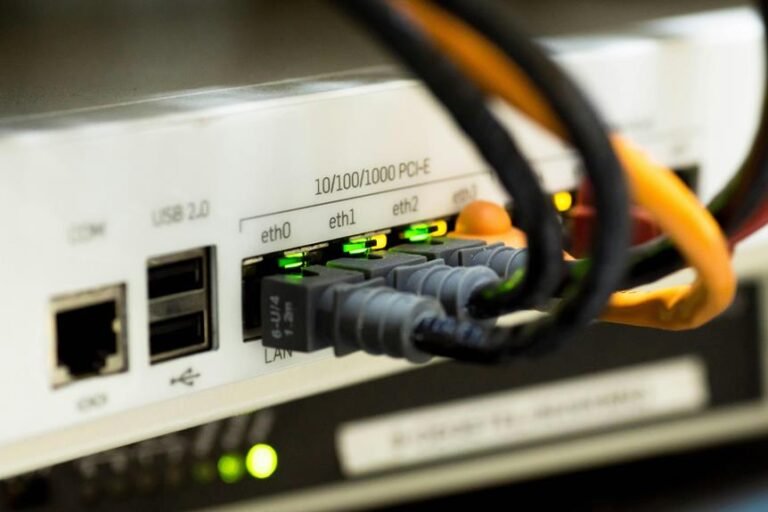BNC vs Cat5 : 7 facteurs clés à prendre en compte

Lors du choix entre un câble BNC et un câble Cat5, tenez compte de ces sept facteurs clés : débit, portée, facilité d'installation, coût, qualité du signal, durabilité et compatibilité. Le Cat5 offre un transfert de données plus rapide et une meilleure résistance aux interférences jusqu'à 100 mètres, ce qui le rend idéal pour…